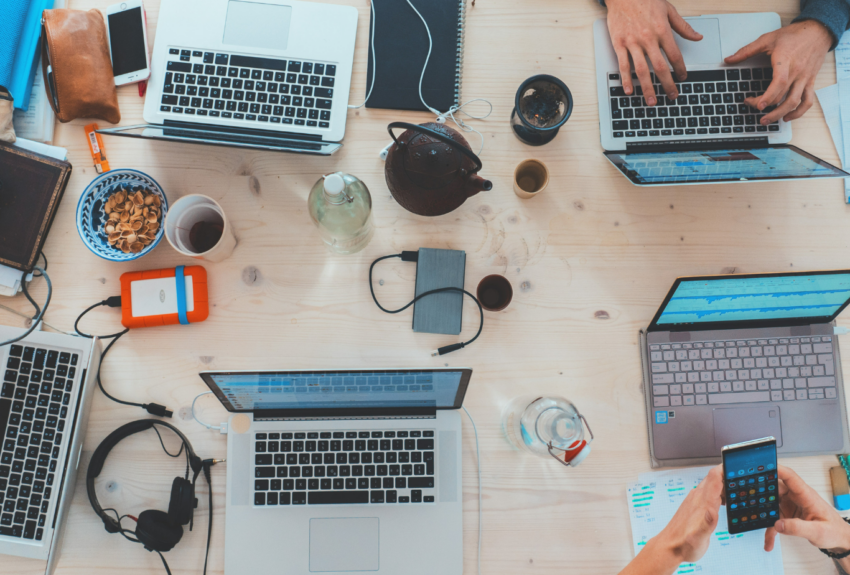Technology is an integral part of our daily lives. We use it at work, at home and when we work from home. Gone are the days of shutting down a desktop computer and simply stepping away.
However, balancing the need for connection and the negative effects of excessive screen time can be challenging. In this blog post, we will explore the impact of technology on mental health and provide tips on how to strike a healthy balance.
The Effects of Technology on Mental Health
The use of technology has been linked to a range of mental health issues, including anxiety, depression and sleep disorders. The constant barrage of notifications and the pressure to stay connected can lead us to feel overwhelmed and burned out.
Social media use has also been associated with a higher risk of developing depression and anxiety, as well as decreased self-esteem and body image issues. Spending more time on social media interactions and less time on in-person connections can lead to feelings of isolation, which can impact mental well-being.
However, technology can also have positive effects on mental health. It can provide a sense of community and social support, particularly for those who may not have access to it otherwise. Teletherapy has been an important resource for individuals seeking mental health support during the pandemic, and has allowed for greater access to mental health services in rural areas.
Striking a Balance
The key to managing the impact of technology on mental health is striking a balance between the benefits and negative effects. Here are some tips to help:
1. Set Boundaries: Establish limits on screen time, particularly before bed, to improve sleep quality.
2. Unplug: Take regular breaks from technology to reduce stress and improve mental clarity. Find activities that are tech-free such as walking or reading.
3. Practice Mindful Use: Be intentional about your technology use. Consider setting specific goals for your time spent online, such as only checking e-mail or social media at designated times.
4. Seek Out In-Person Connections: Prioritize face-to-face interactions with friends, family and colleagues. Engage in social activities that do not involve technology.
5. Seek Help When Needed: If technology use is impacting your mental health, seek support from a mental health professional.
Citizen Advocates provides resources and support for individuals experiencing a range of mental health challenges. For more information, visit citizenadvocates.net/mental-health.
References
1. Primack, B. A., Shensa, A., Escobar-Viera, C. G., Barrett, E. L., Sidani, J. E., Colditz, J. B., … & James, A. E. (2017). Use of multiple social media platforms and symptoms of depression and anxiety: A nationally-representative study among US young adults. Computers in Human Behavior, 69, 1-9.
2. Twenge, J. M., Joiner, T. E., Rogers, M. L., & Martin, G. N. (2018). Increases in depressive symptoms, suicide-related outcomes, and suicide rates among US adolescents after 2010 and links to increased new media screen time. Clinical Psychological Science, 6(1), 3-17.
3. Liu, C. H., Stevens, C., Wong, S. H., Yasui, M., Chen, J. A., & Cho, T. A. (2020). The prevalence and predictors of psychological distress among COVID-19 patients in quarantine and isolation, and the mediating role of social support. Journal of affective disorders, 275, 66-72.
4. Firth, J., Torous, J., Nicholas, J., Carney, R., Pratap, A., Rosenbaum, S., … & Sarris, J. (2017). The efficacy of smartphone-based mental health interventions for depressive symptoms: a meta-analysis of randomized controlled trials. World Psychiatry, 16(3), 287-298.
5. Harrington, R., Fudge, H., Rutter, M., Pickles, A., & Hill, J. (1990). Adult outcomes of childhood and adolescent depression: I. Psychiatric status. Archives of General Psychiatry, 47(5), 465-473.
6. WHO (2019). Time to deliver: report of the WHO independent high-level commission on noncommunicable diseases. World Health Organization.


 Previous Post
Previous Post


